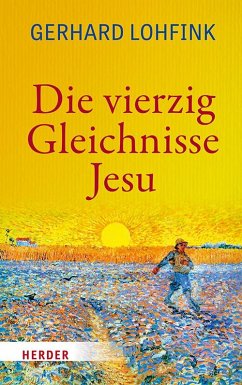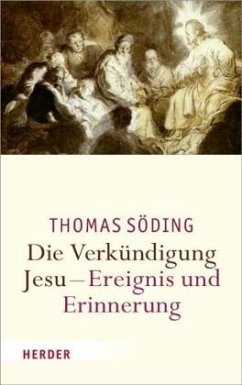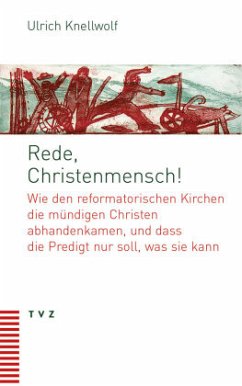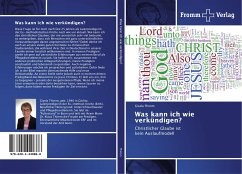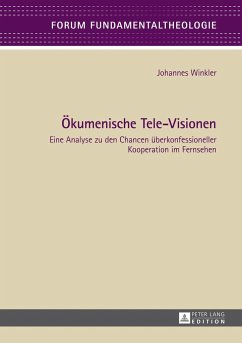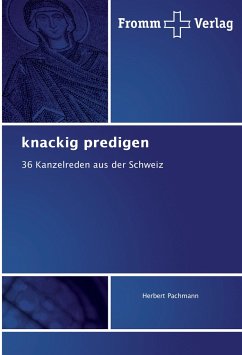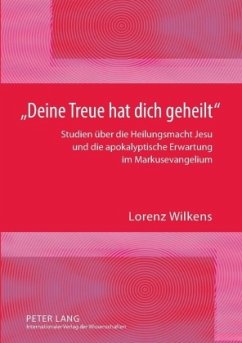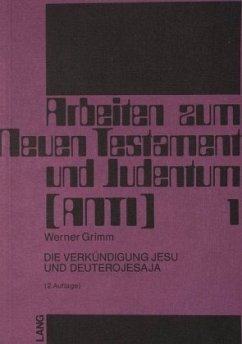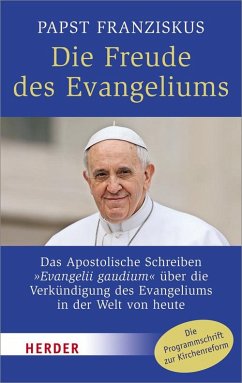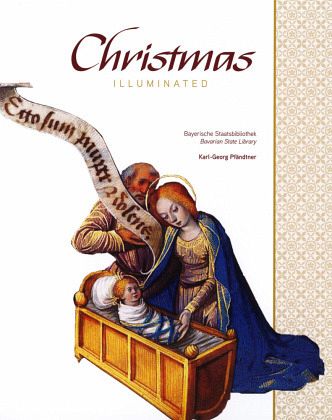
Christmas Illuminated
Prestigious Manuscripts from around the Fifteenth Century in the Bavarian State Library Collection
Versandkostenfrei!
Versandfertig in 2-4 Wochen
29,90 €
inkl. MwSt.

PAYBACK Punkte
0 °P sammeln!
From the outset, Christian theology was occupied with the question about the San of God born as a child, and particularly with the birth of Jesus. Not until the late Middle Ages did artistic depictions begin to suggest the familiar atmosphere with which we associate Christmas celebrations today. During that time, artists transferred the event of God's incarnation into the environs of the affiuent European city-states, and they placed their conceptualizations of nature into surroundings not unlike our own.This exhibition presents the Christmas story as observed in European book illumination fro...
From the outset, Christian theology was occupied with the question about the San of God born as a child, and particularly with the birth of Jesus. Not until the late Middle Ages did artistic depictions begin to suggest the familiar atmosphere with which we associate Christmas celebrations today. During that time, artists transferred the event of God's incarnation into the environs of the affiuent European city-states, and they placed their conceptualizations of nature into surroundings not unlike our own.
This exhibition presents the Christmas story as observed in European book illumination from around the fifteenth/sixteenth centuries in German, Flemish, French, and ltalian manuscripts. They belang to the most beautiful and valuable codices of this epoch held by the Bavarian State Library, and present illustrations of the Christmas story from the annunciation to the flight to Egypt.
This exhibition presents the Christmas story as observed in European book illumination from around the fifteenth/sixteenth centuries in German, Flemish, French, and ltalian manuscripts. They belang to the most beautiful and valuable codices of this epoch held by the Bavarian State Library, and present illustrations of the Christmas story from the annunciation to the flight to Egypt.
Dieser Artikel kann nur an eine deutsche Lieferadresse ausgeliefert werden.



